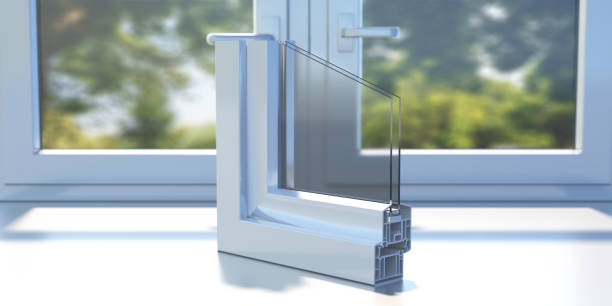All Categories
Featured
Table of Contents
Double Glazing Vs Triple Glazing: Which Should You Choose in Mount Pleasant Perth
Glazing merely implies the windows in your house, consisting of both openable and fixed windows, as well as doors with glass and skylights. Glazing really simply indicates the glass part, however it is generally used to describe all aspects of an assembly consisting of glass, movies, frames and furnishings. Paying attention to all of these aspects will help you to accomplish reliable passive style.

Energy-efficient glazing makes your house more comfortable and considerably reduces your energy expenses. Inappropriate or inadequately created glazing can be a significant source of unwanted heat gain in summertime and substantial heat loss and condensation in winter. Up to 87% of a house's heating energy can be acquired and up to 40% lost through windows.
Top 10 Tips To Keep Your Home Cool in Bayswater WA
Glazing is a significant investment in the quality of your house. A preliminary investment in energy-efficient windows, skylights and doors can greatly lower your yearly heating and cooling expense.

This tool compares window choices to a base level aluminium window with 3mm clear glass. Understanding a few of the essential homes of glass will help you to choose the finest glazing for your house. Secret homes of glass Source: Adjusted from the Australian Window Association The amount of light that goes through the glazing is understood as visible light transmittance (VLT) or visible transmittance (VT).
Save Energy With Double Glazed Windows in Cannington Perth
This may lead you to turn on lights, which will result in higher energy expenses. Conduction is how readily a product conducts heat. This is referred to as the U value. The U value for windows (revealed as Uw), describes the conduction of the entire window (glass and frame together). The lower the U value, the higher a window's resistance to heat flow and the better its insulating value.
If your home has 70m2 of glazing with aluminium frames and clear glass with a U worth of 6. 2W/m2 C, on a winter's night when it is 15C chillier outside compared with inside your home, the heat loss through the windows would be: 6. 2 15 70 = 6510W That is equivalent to the total heat output of a large space gas heater or a 6.
How Does Double Glazing Keep Heat Out? in South Guildford Perth

If you pick a window with half the U value (3. 1W/m2 C) (for example, double glazing with an argon-filled gap and less-conductive frames), you can cut in half the heat loss: 3. 1 15 70 = 3255W The solar heat gain coefficient (SHGC) for windows (expressed as SHGCw) determines how easily heat from direct sunshine streams through a whole window (glass and frame together).
The lower a window's SHGC, the less solar heat it transfers to the home interior. The actual SHGC for windows is impacted by the angle that solar radiation strikes the glass.
Why Double Glazing Keeps Your Home Cooler In Summer? in Spearwood WA
When the sun is perpendicular (at 90) to the glass, it has an angle of incidence of 0 and the window will experience the optimum possible solar heat gain. The SHGC declared by glazing makers is always determined as having a 0 angle of occurrence. As the angle increases, more solar radiation is shown, and less is transmitted.
Table of Contents
Latest Posts
How Much Money Does Double New Glazing Save? in Piesse Brook Western Australia
Does Double Glazing Reduce Heat In Summer Uk? in Hocking Western Australia
Summer House Windows Online - Windows24.com in WA
More
Latest Posts
How Much Money Does Double New Glazing Save? in Piesse Brook Western Australia
Does Double Glazing Reduce Heat In Summer Uk? in Hocking Western Australia
Summer House Windows Online - Windows24.com in WA